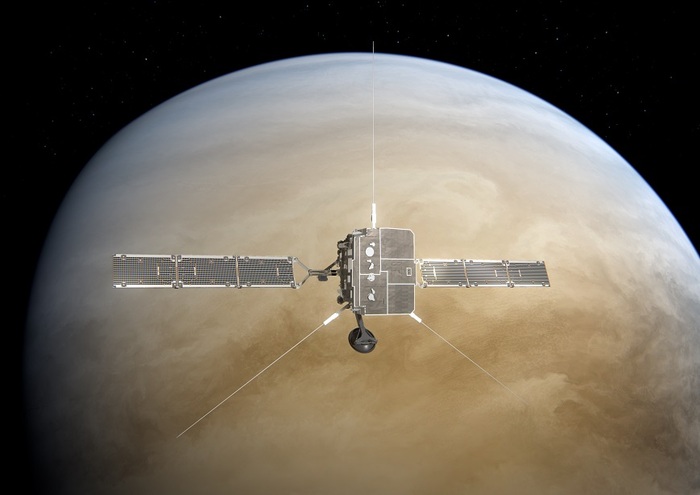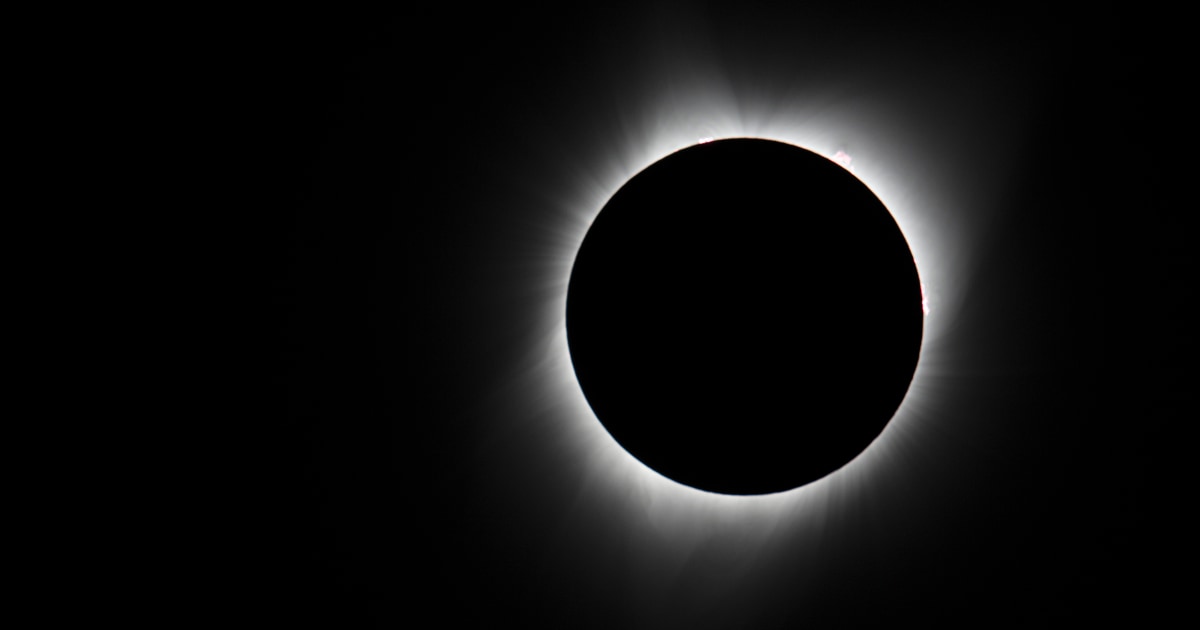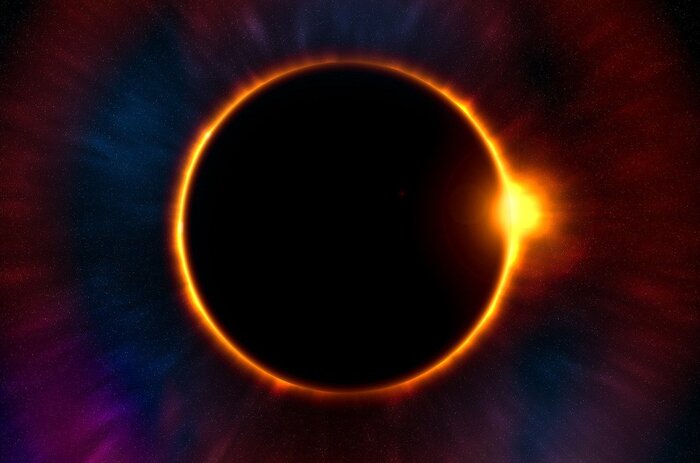As in a scene of space jealousy, the Sun hit the Solar Orbiter probe with a powerful stream of charged particles just hours before it met Venus.
The signs of this cosmic 'slap' are imprinted in the data that are coming to Earth in these days, precious for evaluating the space weather with ever greater accuracy, especially in view of the next human missions to the Moon.
This was explained by a note from the European Space Agency (ESA), which launched the probe in February 2020 in collaboration with NASA.
The goal of this ten-year mission is to get as close as possible to the Sun to grasp its secrets: for this reason the orbit of the probe provides several close passages to Venus, in order to exploit its gravity to adjust the trajectory and get even closer to the innermost part. of the solar system.
On Sunday, September 4, the third of these rendezvouz with the planet took place: Solar Orbiter passed 12,500 kilometers from the center of Venus, or about 6,000 kilometers from its gaseous surface.
That way, the next time it returns to the Sun, the probe will be 4.5 million kilometers closer than before.
The maneuver on Sunday was successful even if a few hours earlier the probe had been hit by a powerful flow of charged particles generated last August 30 by the mass ejection from the solar corona (CME).
Solar Orbiter resisted without taking damage, also because it was designed to measure this kind of explosions.
Although it had some instruments turned off (to protect them from sunlight reflected from the surface of Venus), the others remained on and saw an increase in solar energy particles, the same ones that pose a risk to astronauts and spacecraft.







